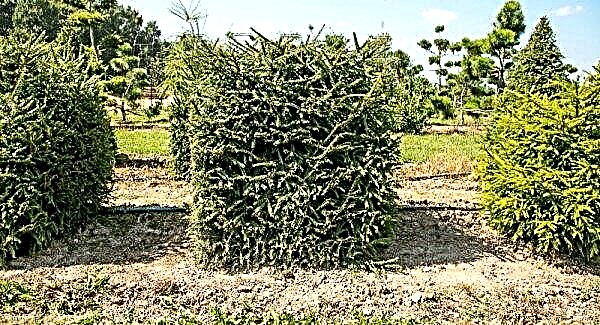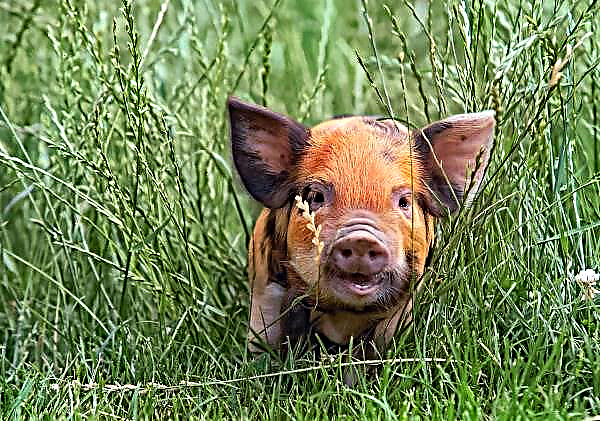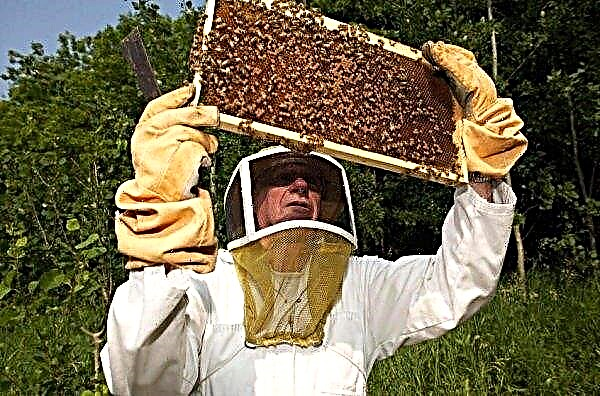After devastating corn fields in sub-Saharan Africa, the fall army worm arrived in India in 2018. Pest infestation has already spread to most parts of the subcontinent and has been reported on corn farms in 20 states.
Karnataka farmers were taken aback last July when an unknown caterpillar attacked their crop. By the second week of July, researchers from the National Bureau of Agricultural Insects (NBAIR), an institute under the Indian Council for Agricultural Research, said the new autumn pest was the Autumn Worm (FAW).
Discovered on a cornfield in Chiccaballapur, about 60 km. from the capital of Bangalore, an army worm in India has caused serious concern. It appeared and spread rapidly in Africa in 2016, and has since destroyed millions of hectares of corn in all parts of sub-Saharan Africa.

And, of course, the worm spread very quickly across the corn fields of India. Over the course of several months, more than 14 states reported infection last year. The infection has since spread to 20 states, with the northeastern regions most affected.
“The growth of monoculture of corn during the year and the improper practice of pest control with an excessive dependence on chemical pesticides, which increase insect resistance to pesticides, contributed to the transformation of FAW into a serious pest,” G.V. Ramanjaneyulu, Executive Director of the Center for Sustainable Agriculture, which works with small farmers.
 Army Worm
Army Worm
“Any pest always depends on practice and local weather conditions. Thus, the transition to agroecological approaches, such as non-pesticidal management, organic or subsistence farming, as well as multiple crop growing systems, are ways to deal with such pest outbreaks. ”












